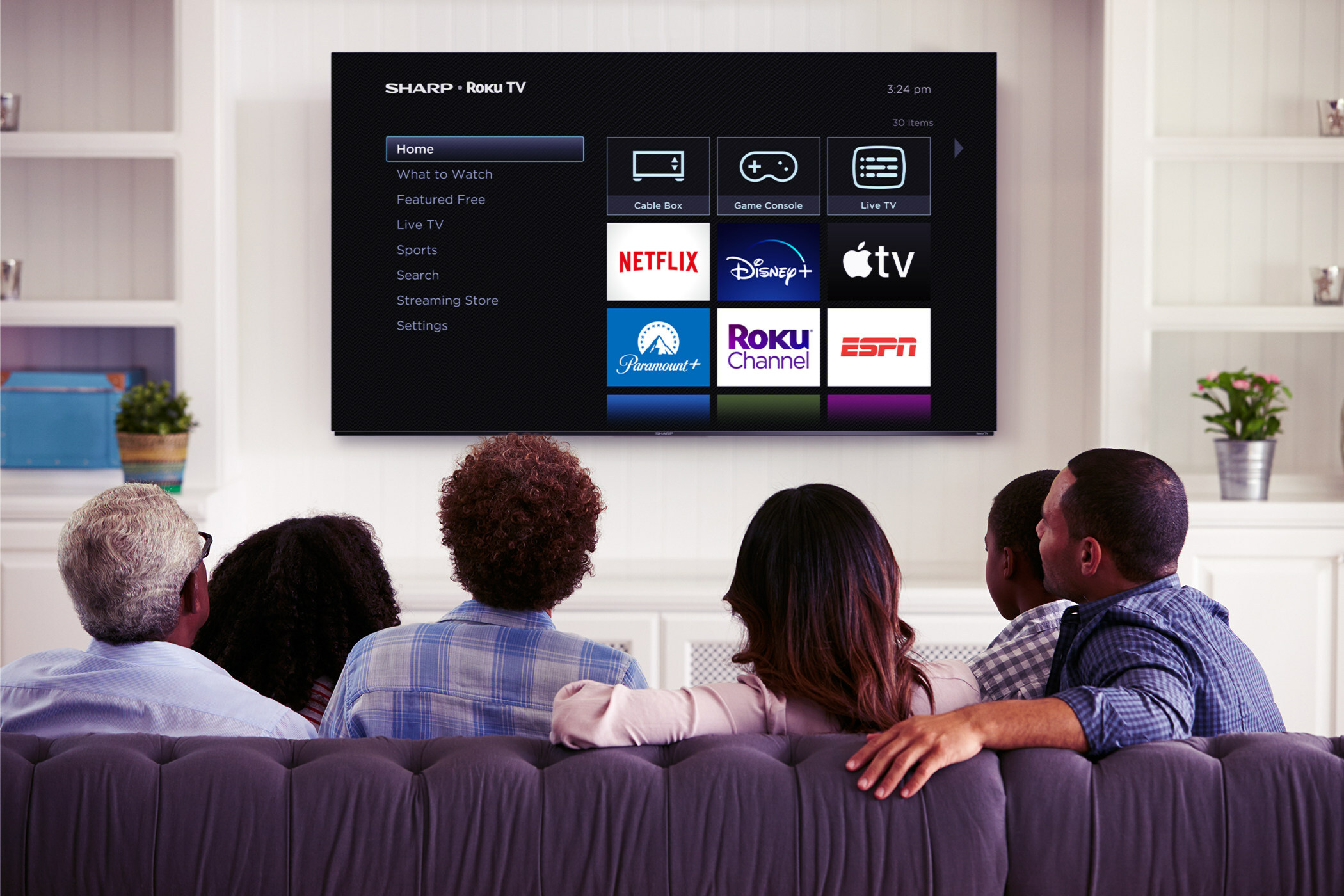The Olympics Is Personal(ized)
The Olympics emerges as the perfect test case of CTV strategies as an extension of digital rather than as an extension of linear TV

The Olympics are not the same as the Super Bowl. The Super Bowl provides an unusual moment where most households in the US tune into the same channel and watch the same broadcast all at once, which is why Super Bowl commercials are such a big deal - everyone sees the same thing.
The Olympics are the opposite. It is the epitome of fragmentation. This year, the Olympic games will showcase 2,900 athletes across 40 sports from 80 countries that billions of people will watch on TVs, phones and tablets in many different languages. Everyone will have a unique viewing experience with more than 10,000 hours of content to choose from over hundreds of linear channels, streaming apps and social channels around the world.
For an advertiser, that level of fragmentation forces them to consider a more individualized approach.Targeting and personalized CTV messaging is no longer a “nice to have” - it’s a “must have.” More than any other televised content, the Olympics are the catalyst for advertisers to crack open the true opportunity on CTV - personalized advertising at a massive scale. What’s more, with billions of people “leaned in” on streaming and mobile, advertisers can push new boundaries with creativity and interactivity.
Exploring New Ad Opportunities
NBC has already announced that they have received a record amount of ad spend - $1.2 billion - on the Olympics, and some of that spend will be put towards innovative advertising solutions. Peacock, for example, is introducing a live streaming “hub” that is interactive and meant to help viewers navigate the different sports and access extra content. There’s no doubt advertisers will take advantage of this newly interactive experience with different types of sponsorships and ad format opportunities - something that could carry over into future streaming content.
Even before a viewer decides which streaming app to use, advertisers have unique opportunities to reach viewers through features like Direct-to-Glass, which showcases display and video ads in the TV’s home screen navigation, offering interactive experiences targeted to a specific household. Beyond that, advertisers should be strategic about leveraging eye-catching assets and shoppabale moments (e.g. buy the shoes that your favorite track star just wore!).
Advertisers that have limited video assets and budget can still capture attention at the Olympics with ad formats like audio-to-video, which pairs an audio voiceover with eye-catching images or videos pulled from social media. When this approach is paired with a QR code, it provides an interactive opportunity for viewers to continue in their user journey or shop directly from their mobile device.
Of course, within a digital environment like CTV, one size does not always fit all. Take a single athleisure clothing brand. One viewer might care that a track star is wearing it and look for more information about it on social media, while another viewer wants to click and buy it directly from a commercial that provides a discount code.
Some people react to discounts, while others love influential talent. Some people need time to research while others are more impulsive. Being able to assemble different iterations of imagery, messaging, and audio at scale means that advertisers can quickly test and narrow in on the elements that work best for different audiences. And if the Olympics are an indicator, it tells us that there are a lot of variations in audiences.
Triangulating On Audiences and Content
Take a random viewer - say, someone of Turkish descent who lives in New Jersey. He may watch Turkey’s best Olympic sport, wrestling, through the TRT streaming app - the Turkish carrier of Olympics content. Or, he may decide to watch football (i.e. soccer) through the BBC app because he went to college in the U.K.
Or, he may decide to follow basketball on NBC and root for the U.S. because he lives in the U.S. and he loves basketball. How is one advertiser supposed to know how to reach this viewer with the right message at the right time in a way that feels consistent?
Audience targeting on TV is riddled with challenges for advertisers. But, this is similar to challenges across other digital advertising and marketing. Consumers jump around online and do highly varied actions in a pattern that is unique to them that has very little to do with what the next person is doing. Advertisers and marketers go to great lengths to make sure their messages make sense to any one person across all of those different contexts.
While some advertisers have only just dipped a toe in the CTV waters, the Olympics will shine a bright light on just how valuable granular targeting is on CTV, and why advertisers need to have a more diverse media plan than they have on linear TV. Targeting different ads across different streaming apps helps advertisers become more relevant to viewers.
Households within driving distance to a retailer might prefer an ad that talks about what’s available at their local store. A viewer streaming on their mobile device far away from a local store might want to click and get deeper content on how a product works. Household and demographic targeting helps advertisers connect directly with viewers based on their past behavior. And with contextual targeting, advertisers can connect their messaging to the content that just ran.
Through all of this variation of creative, user behavior, and content fragmentation, the Olympics emerges as the perfect test case of CTV strategies as an extension of digital rather than as an extension of linear TV. To date, linear advertising has had more of an influence on CTV media buyers than digital, but as advertisers start to see how valuable it is to personalize advertising to the channel and user, that influence could quickly shift.
Get the TV Tech Newsletter
The professional video industry's #1 source for news, trends and product and tech information. Sign up below.
Brittany Spicer is Senior Director of Ad Design at Kargo,

